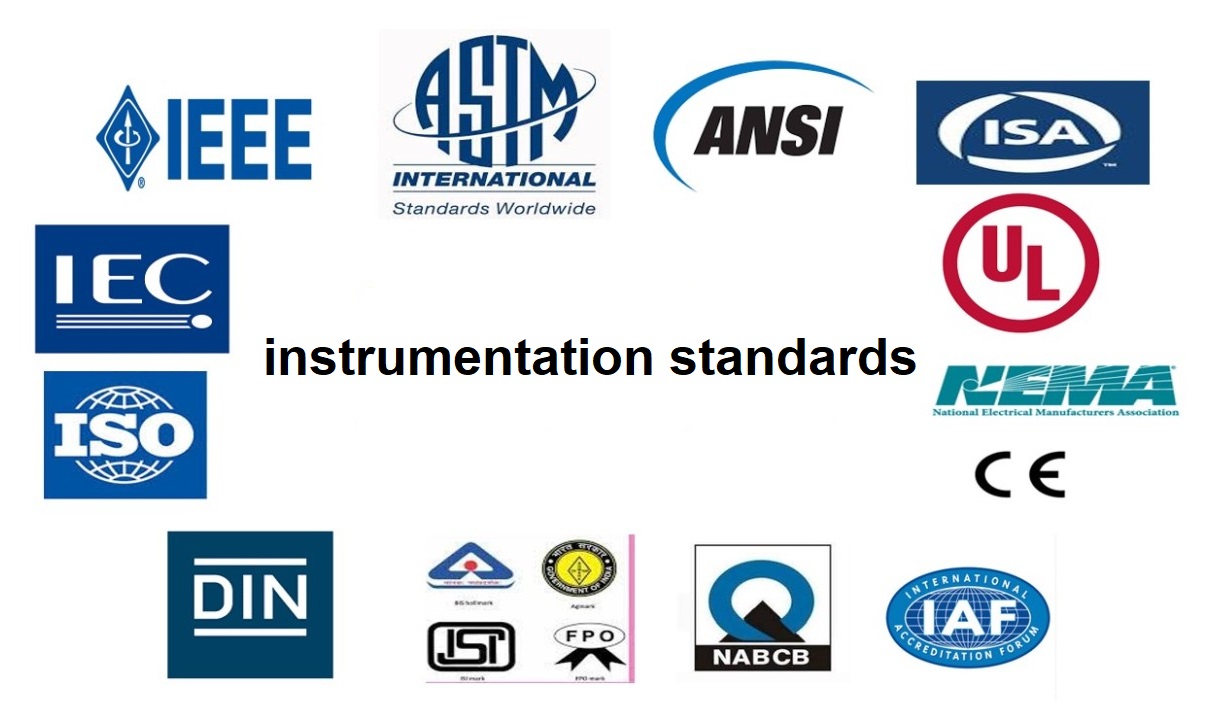Today, the use of precise tools in various industries is obligatory and necessary. But before buying instrumentation equipment, you should pay attention to its standards and certifications. If the tools do not have a valid certificate, they will be worthless. In the following, we will introduce the standards of precision instruments.
Introduction of instrumentation standards
Instrumentation standards are a set of rules, guidelines, and procedures that define the design, construction, testing, and use of instrumentation systems and devices. The purpose of these standards, which are often prepared by international or national standards organizations, is to ensure the reliability, safety, efficiency and compatibility of tools and instrumentation systems used in various industries.
Instrumentation standards cover a wide range of topics such as the electrical and mechanical characteristics of devices, their performance requirements, calibration and test methods, communication protocols, safety requirements, and environmental considerations. They apply to various types of instrumentation, including sensors, transmitters, controllers, recorders, and data acquisition systems used in process control, automation, measurement, and monitoring applications.
The most basic instrumentation standards:
- ANSI: American National Standards Institute
- API: American Petroleum Institute
- ISA: International Automation Society, formerly the Instrumentation Society of America
- ASTM: American Society for Testing and Materials (ASTM International)
- ASME: American Society of Mechanical Engineers
- IPS: Iranian oil standards
- DIN: German Institute of Normang
- IEC: International Electrotechnical Commission
- IEEE: Institute of Electrical and Electronics Engineers
- ISO: International Organization for Standardization
- NFPA: National Fire Protection Association
- SAE: Society of Automotive Engineers (SAE International)
API standard
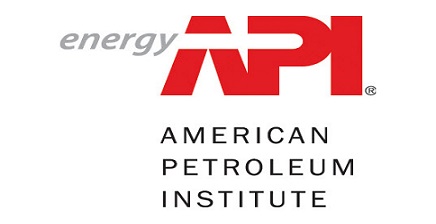
The American Petroleum Institute standard is one of the most important standards that we deal with a lot. This standard is widely used in the field of instrumentation, but it is not exclusive to this field.
This standard is also used in other fields such as the construction of ships and submarines.
ISA standard
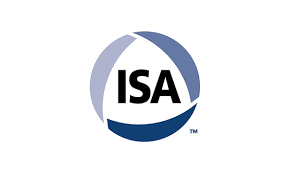
ISA standards help automation professionals streamline processes and improve industry safety, efficiency and profitability. More than 150 standards reflect the expertise of more than 4,000 industry professionals worldwide. Since 1949, ISA has been recognized as the expert source of consensus industry standards for automation and control systems. This standard is specific to the field of instrumentation and automation.
The American National Standards Institute (ANSI) has approved ISA for the development of standards. They also publish standards through the International Electrotechnical Commission (IEC). Some of the ISA standards include the following:
- Management of alarm systems for process industries (ISA-18/IEC 62682)
- Functional Safety: Safety Instrumented Systems for the Process Industry Sector (ISA-84/IEC 61511)
- batch control systems (ISA-88/IEC 61512)
- Organizational control system integration (ISA-95/IEC 62264)
- Cyber security for industrial automation and control systems (ISA-99/IEC 62443)
- Wireless systems for automation (ISA-100/IEC 62734)
- Instrument Symbols and Identification (ISA-5)
- Human-Machine Interfaces for Process Automation Systems (ISA-100)
- Intelligent device management (ISA-108)
IEC standard
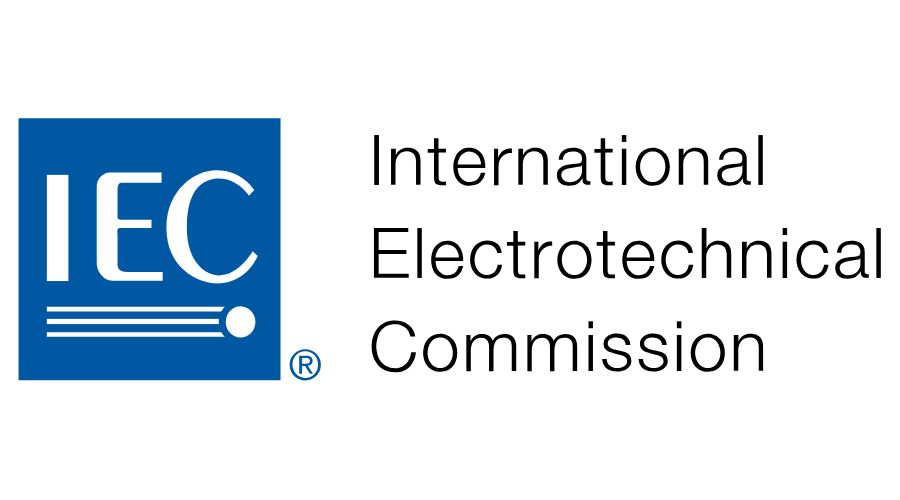
The International Electrotechnical Commission (IEC) develops international standards for all electrical, electronic and related technologies. This set of standards deals with product development, performance, compatibility and related issues to ensure product compatibility and environmental safety. The clauses of this standard are directly applied in the field of instrumentation. This standard is one of the most widely used instrumentation standards.
Instrumentation standard EN
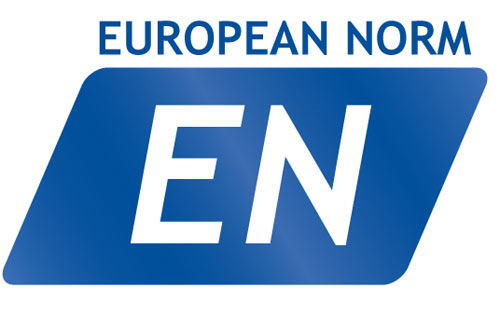
EN are technical standards developed and maintained by CEN (European Committee for Standardization), CENELEC (European Committee for Electrotechnical Standardization) and ETSI (European Telecommunications Standards Institute). European standards are abbreviated as EN, which is derived from the German name Europäische Norm (European Norm).
The EN standard is used in various fields, including instrumentation equipment and explosion-proof equipment.
ASTM standard
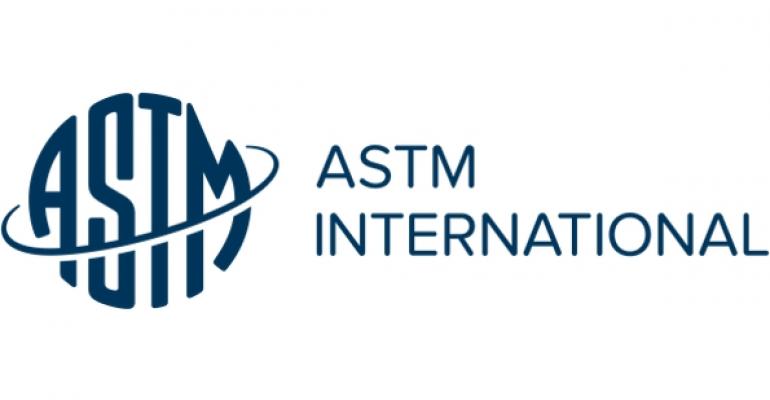
This is a mechanical standard that mechanical engineers mostly deal with.
American Society of Materials and Testing Standard that deals with materials in the field of mechanics. Of course, an instrument engineer must have proper knowledge in various fields.
This standard states that if ASTM-110 is written on a piece of equipment,
I mean, with what concentration and what materials is that equipment made of?
ASTM standards are developed by committees of relevant industry experts who meet regularly in an open and transparent process to provide standards, test methods, specifications, guidelines and practices. ASTM creates many standard practices governing environmental and engineering services, such as: ASTM E1527-13.
ASME standard
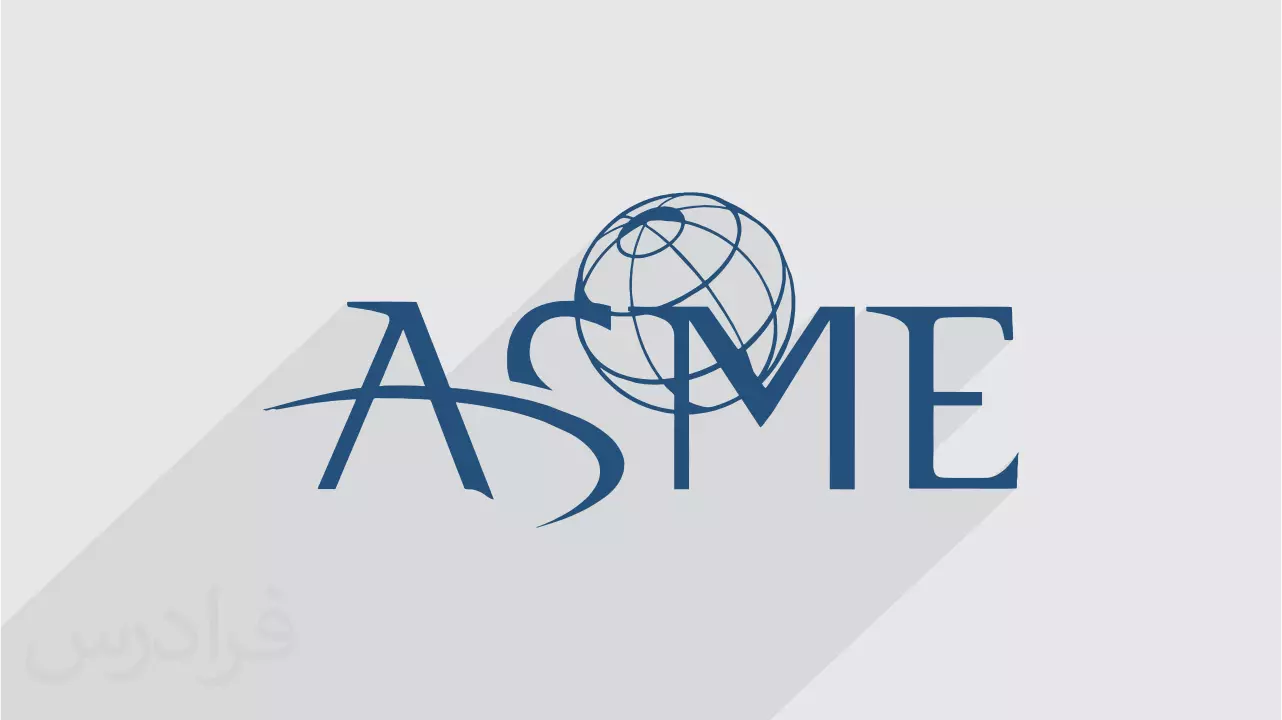
Another instrument standard is the AMERICAN SOCIETY OF MECHANICAL ENGINEERS standard, known as the mechanical standard. The ASME Standards Collection includes more than 500 standards and related products. These products cover a wide range of topics, including pressure technology, nuclear power plants, elevators/escalators, construction, engineering design, standardization, performance testing and instrumentation.
ASME standards are used in more than 100 countries and have been translated into many languages.
IPS instrumentation standard
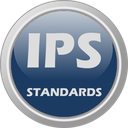
With the approval of the Board of Directors of the National Iranian Oil Company, the work of compiling the standards of the Iranian Oil Industry (IPS) began in 1369 using the services of a consultant and with the cooperation of the managements and subsidiaries of the Ministry of Oil. Oil was provided to the oil industry within six years. IPS is widely used in Iran’s oil and gas fields. Also, this standard is widely used in measuring various parameters such as pressure, temperature, flow rate, etc.
BSI Instrumentation Standards
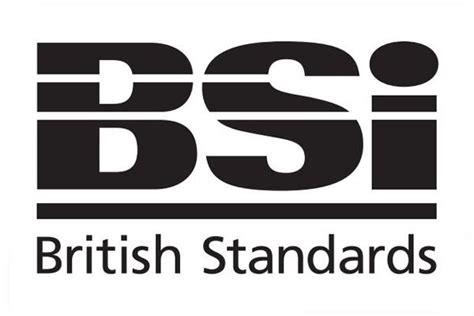
The British Standards Institution (BSI) was established in 1901 as the Engineering Standards Committee. The British Standards Institution was adopted as the name of the organization in 1931. BSI has a Memorandum of Understanding with the UK Government which recognizes BSI’s position as the UK’s national standards body. ESSAC (Electronic Standardization Strategic Advisory Council) BSI is the national IEC committee for the UK.
BSI can be considered one of the most important standards for instrumentation cables. The BSI standard belongs to the British Standards Institute, which is one of the most widely used standards in England. This standard is very comprehensive and is used in various fields.
NFPA Standard on Instrumentation
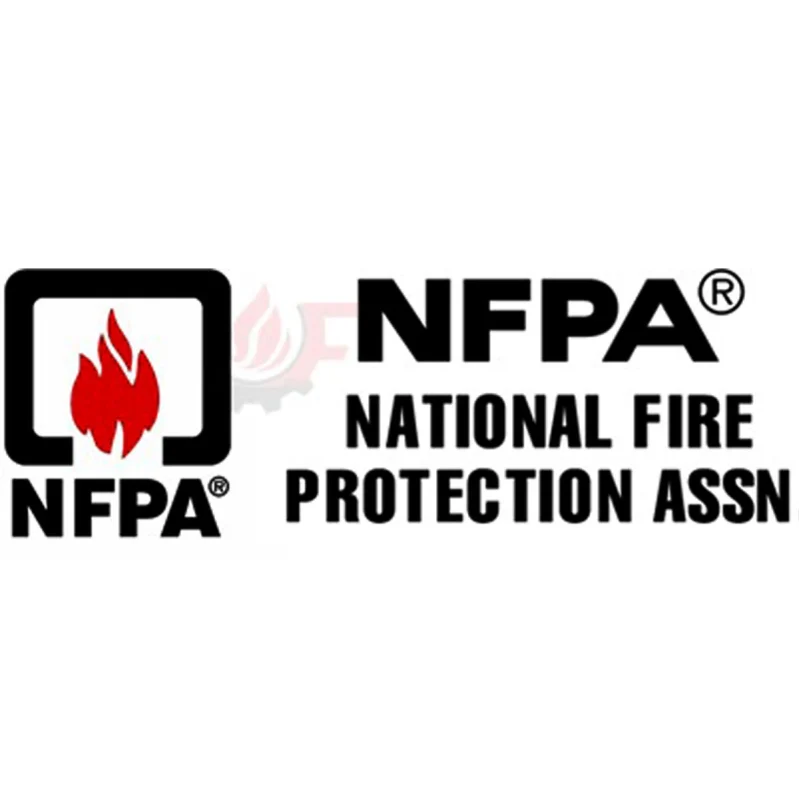
National Fire Protection Association standard which is somewhat similar to EN standard.
Just like clause 54 of the EN standard, clause 72 of the NFPA standard also deals with fire protection.
The standard of the National Fire Protection Association, which is somewhat similar to the EN standard.
Exactly like clause 54 of the EN standard, clause 72 of the NFPA standard is also related to fire protection.
NACE standard
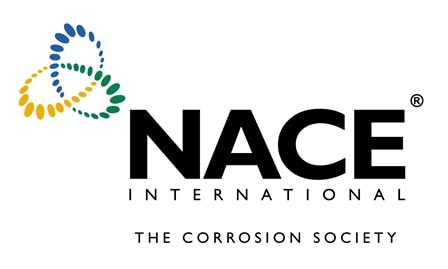
The NACE standard (or NACE MR0175/ISO 15156) is divided into three parts:
- General principles for choosing crack-resistant materials
- Introduction of carbon and low alloy steels resistant to cracking and how to use cast irons
- Introduction of crack resistant alloys and other alloys
Another instrumentation standard is the NACE International Standards, which apply to corrosion prevention and control and are used by many industries where corrosion is a key concern. These guidelines help industries when designing, building and operating systems and minimize the negative effects of corrosion.

